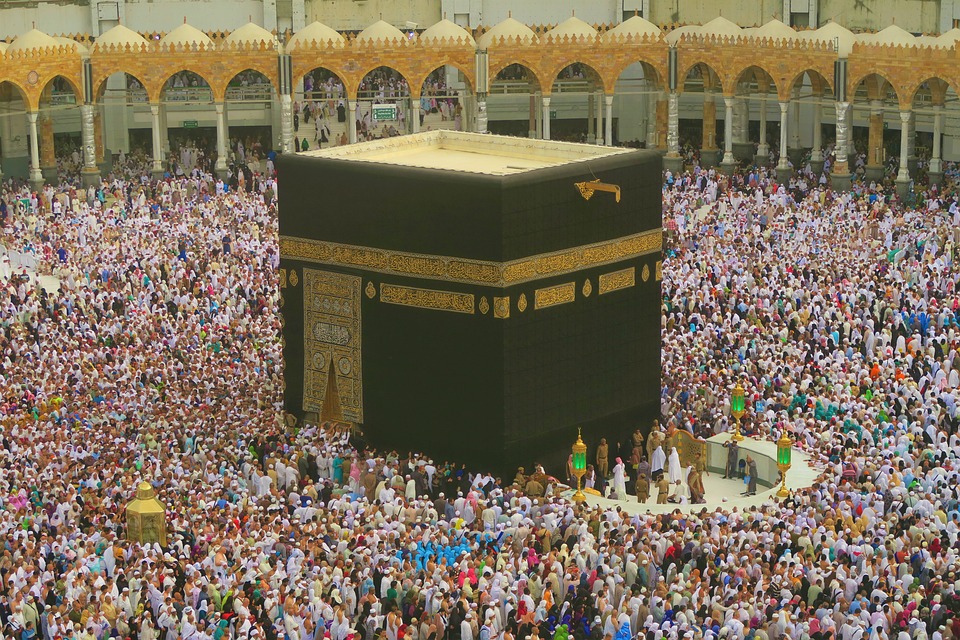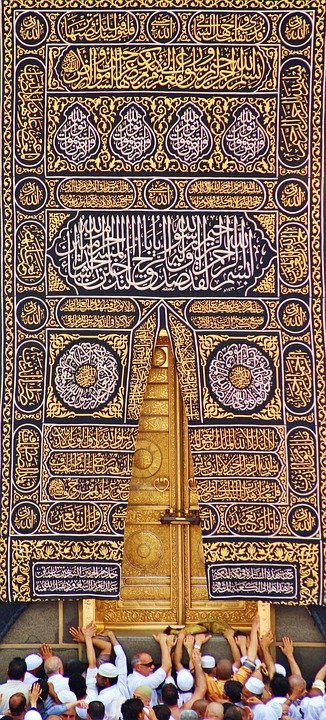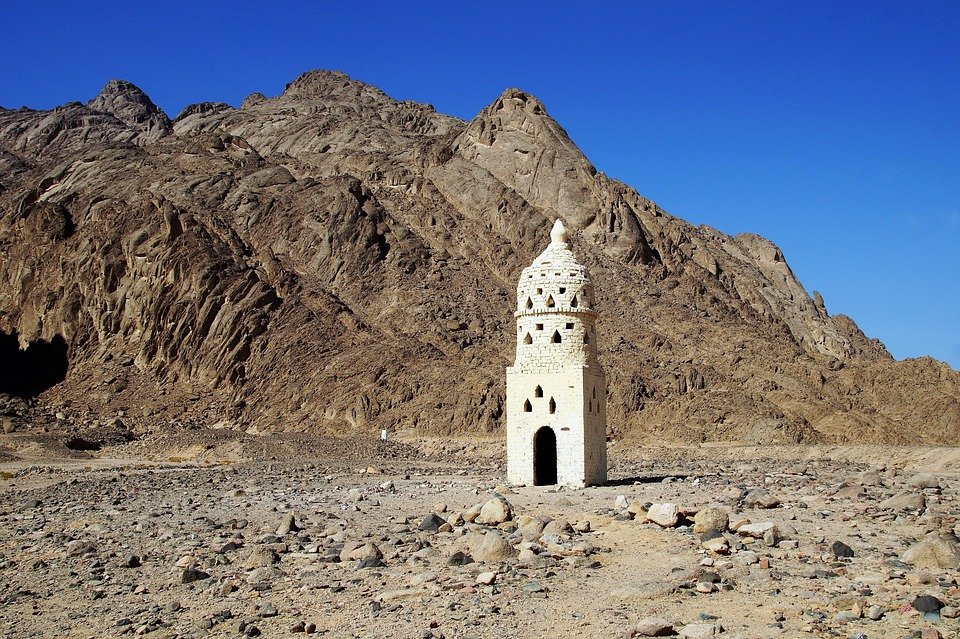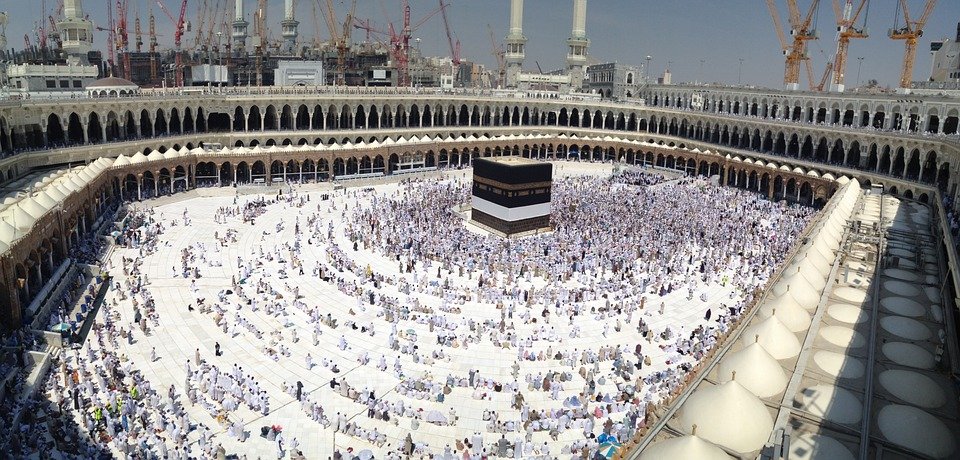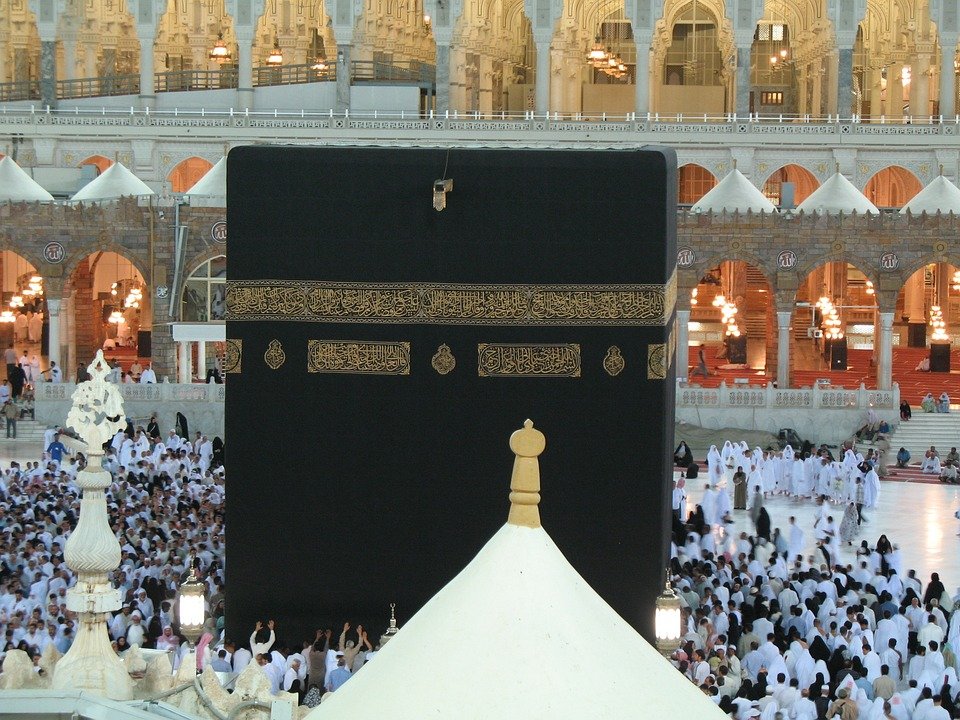In this article, we will explore how Hajj is done in the modern world, shedding light on the various practices and advancements that shape this holy pilgrimage today. Many individuals assume that Hajj remains a strictly traditional experience, yet the modern world brings updates that enhance safety, accessibility, and convenience for millions of pilgrims. As I guide you through this information, you will find a comprehensive understanding of how Hajj is done in the modern world, with practical tips and insights meant to enrich your experience of this spiritual obligation.
Understanding the significance of how Hajj is done in the modern world holds immense importance for Muslims everywhere. This pilgrimage is not only a religious duty but also a remarkable time for personal reflection and community building. Our expertise at Airlinkhajjandumrah.com, with over nine years of experience in the Umrah and Makkah travel field since 2016, positions us well to provide you with the essential information needed to plan your pilgrimage. We are here to support you in truly grasping the depth and meaning behind this important event, ensuring your experience aligns with both tradition and contemporary practices.
How Is Hajj Done in the Modern World: A Comprehensive Guide
Understanding Hajj: A Sacred Pilgrimage
Hajj is a deeply significant pilgrimage in Islam, performed by millions of Muslims each year. This sacred event takes place during the Islamic month of Dhu al-Hijjah. We honor it through rituals that are rich in meaning and history. For Muslims, Hajj is more than a journey; it represents a spiritual connection with God. It offers a chance for deep reflection and personal growth.
During Hajj, participants travel to the holy cities of Makkah and Madinah in Saudi Arabia. They perform specific rituals which symbolize aspects of Islamic faith. People participate in Hajj to seek forgiveness, express devotion, and fulfill a religious duty that every Muslim must undertake at least once in their lifetime. The communal experience fosters unity among believers from diverse backgrounds, creating a sense of brotherhood.
Preparing for Hajj: Modern Tools and Traditions
In today’s world, preparing for Hajj is more organized thanks to technology. Pilgrims can now plan their trip more effectively with the help of online booking systems and mobile apps. These resources provide valuable information on travel itineraries, accommodation, and rituals. Many travelers also find comfort in joining organized groups that guide them through the process. This combination of tradition and modern convenience enhances the experience.
Before the pilgrimage begins, participants need to complete several steps. These include obtaining necessary visas, vaccinations, and travel arrangements. This preparation can seem overwhelming, but many find it helpful to use checklists or consult with experienced travelers. In my opinion, staying informed and prepared is key to having a fulfilling pilgrimage experience.
Key Rituals of Hajj: Step by Step
Hajj consists of several rituals that pilgrims perform in a specific order. One primary ritual is Tawaf, where pilgrims walk around the Kaaba seven times. This act symbolizes unity in the worship of the one God. Following Tawaf, pilgrims perform Sa’i, which entails walking between the hills of Safa and Marwah. This ritual commemorates Hagar’s search for water for her son, Ishmael, a tale rich with resilience and faith.
Another essential component is standing at Arafat, known as Wuquf. Pilgrims gather at the plain of Arafat, praying and asking for forgiveness. This moment is deeply spiritual, as it provides an opportunity for self-reflection. The culmination of Hajj is the celebration of Eid al-Adha, marked by acts of charity and sacrifice. This series of rituals deeply connects participants to their faith and to each other.
The Role of Technology During Hajj
In this modern age, technology plays a significant role in enhancing the Hajj experience. Mobile applications help pilgrims navigate the holy sites, ensuring that they do not miss important rituals. These apps often include maps, prayer times, and even language translation features. This assistance can be particularly valuable for first-time pilgrims who may feel lost in the crowd.
Moreover, social media enables the sharing of experiences real-time. Pilgrims can connect with family and friends, sharing photos and moments instantly. The use of virtual reality offers a new way for people to engage with Hajj-related content, even if they cannot participate. I think these advancements not only enrich the experience but also inspire many to consider making the pilgrimage themselves.
The Logistics of Hajj: Making It Work
Logistically, coordinating a Hajj trip in modern times can be quite complex. Efforts by authorities in Saudi Arabia have made significant strides to accommodate the large influx of pilgrims. Infrastructure improvements, such as expanded transportation systems, allow efficient movement around key sites. This makes the often-crowded environment manageable.
Pilgrims also benefit from various types of accommodations, ranging from hotels to camps. Many travel agencies work with local operators to ensure a comfortable stay during the pilgrimage. By offering packages that include transportation, lodging, and guided tours, these agencies help make the process smoother. In my opinion, understanding these logistics is crucial for any traveler hoping to experience Hajj fully.
Community Spirit: The Heart of Hajj
One of the most beautiful aspects of Hajj is the sense of community it fosters among pilgrims. Despite coming from different backgrounds and countries, everyone shares the same goal: to fulfill a religious obligation. This shared experience creates a powerful bond among participants. Each pilgrim offers support, encouragement, and camaraderie to one another throughout the rituals.
The spirit of charity is also prominent during Hajj. Pilgrims are reminded to give back through acts of kindness and generosity. Whether contributing to the local community or helping fellow travelers, the essence of Hajj is to uplift one another. We can witness this unique sense of unity that transcends boundaries, reminding us that faith is a powerful connector.
Reflection: What Hajj Means Today
In the modern world, Hajj continues to evolve while maintaining its core principles. It serves as a reminder of individual faith and collective identity within the Muslim community. Though times have changed, the fundamental meaning and significance of Hajj remain intact. Pilgrims today grapple with the same spiritual questions and aspirations as those who came before them.
I feel that participating in Hajj offers a transformative experience, guiding individuals toward a deeper understanding of their beliefs. It encourages us to reflect on our lives and priorities, leaving a lasting impact. By continuing to adapt while honoring tradition, Hajj remains an essential pilgrimage that speaks to believers everywhere, promoting a powerful message of faith and unity.
Mushu, an experienced Saudi Arabia traveler and writer, shares insightful tips and spiritual reflections to enhance Hajj and Umrah journeys for fellow pilgrims. He has been to Makkah and Madina from 2016 to 2023 many times and his posts will reflect this.


